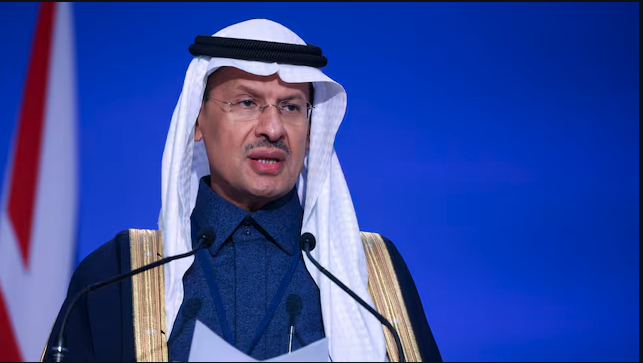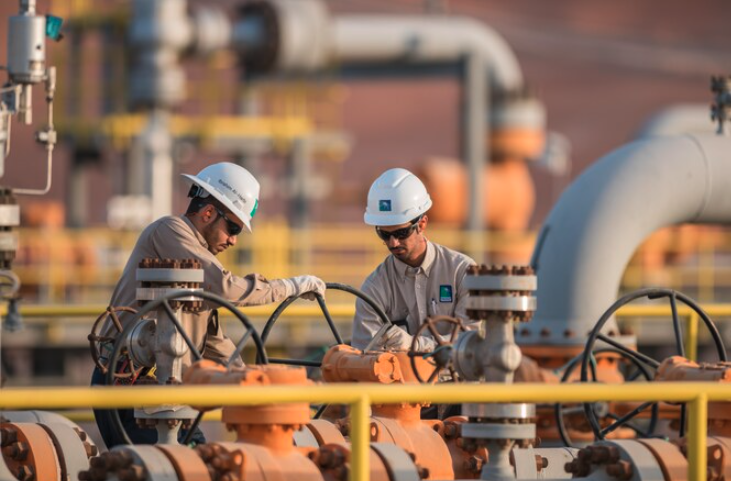RIYADH: Saudi Arabia’s crude oil production increased to 8.99 million barrels per day in August, marking a 0.83 percent rise compared to the same month last year, according to the latest data from the Joint Organizations Data Initiative.
The report also indicated that crude exports climbed to 5.67 million bpd, a 1.56 percent annual increase. Domestic petroleum demand saw a year-on-year rise of 117,000 bpd, reaching 2.89 million bpd.
During a virtual OPEC+ meeting on Sept. 5, member countries reiterated their commitment to previously announced voluntary production cuts from April and November 2023, underscoring the importance of adhering to these agreements.
OPEC+ has implemented a series of output reductions since late 2022 to stabilize the market, with most cuts set to remain until the end of 2025.
Initially, OPEC+ planned to ease the latest round of cuts—totaling 2.2 million bpd—starting in October, but this decision was postponed by two months due to falling oil prices.
OPEC’s recent report noted a decline in production for September, attributed to unrest in Libya and cuts in Iraq, resulting in an overall OPEC+ output of 40.1 million bpd, down by 557,000 bpd from August.
JODI data also highlighted a 5 percent drop in refinery crude exports to 1.25 million bpd during the period; however, this represented an 11 percent increase, or 126,000 bpd, compared to July.
The primary products included processed crude used for diesel, motor gasoline, aviation gasoline, and fuel oil. Diesel exports constituted 43 percent of refined product shipments, while motor and aviation gasoline accounted for 25 percent, and fuel oil made up 7 percent. Notably, gas diesel shipments grew by 10 percent, reaching 537,000 bpd in August.
In July, Saudi Arabia’s refinery output reached 2.77 million bpd, up 8 percent year on year, with diesel making up 44 percent of total refined products, followed by motor and aviation gasoline at 25 percent, and fuel oil at 16 percent.
OPEC revised its global oil consumption forecast for 2024 in October, reducing expected growth from 2.03 million bpd to 1.93 million bpd. The 2025 forecast was also lowered to 1.64 million bpd, marking the third consecutive downward adjustment due to new data and tempered regional expectations.
Despite these revisions, OPEC anticipates strong demand, largely driven by air travel, road mobility, and industrial activity. Their projections exceed those of the International Energy Agency, which expects slower demand growth due to China’s economic slowdown and the rise of electric vehicles.
OPEC forecasts global oil demand will reach 104.1 million bpd in 2024 and 105.8 million bpd in 2025, with long-term crude demand expected to hit 112.3 million bpd by 2029.
Despite the growth in electric vehicles, traditional combustion-engine vehicles are anticipated to dominate the global fleet until 2050, supporting long-term oil demand.
Direct crude usage
Saudi Arabia’s direct crude oil burn increased by 88,000 bpd annually to 814,000 bpd, representing a 12 percent rise year on year and a 5.9 percent increase from July.
This surge is likely driven by rising energy demands linked to population growth and the influx of newcomers, underscoring increased domestic consumption and development in residential and commercial sectors.
By 2030, the Saudi government aims to phase out the use of crude oil, fuel oil, and diesel in power generation, replacing them with natural gas and renewable energy sources.
This shift is part of the Kingdom’s Vision 2030 plan to diversify its energy mix and reduce oil dependence, both domestically and in international markets.
As Saudi Arabia progresses toward this goal, natural gas demand is expected to rise significantly, leading to increased investments in the natural gas supply chain, including exploration and infrastructure development.
This transition aims to reduce carbon emissions and free up more crude oil for export, enhancing Saudi Arabia's position in global energy markets.
Furthermore, the push for renewable energy projects, such as solar and wind, is expected to attract investment, creating new opportunities in the energy sector and contributing to the Kingdom’s long-term sustainability goals.
This transition aligns with global trends toward cleaner energy, positioning Saudi Arabia as a key player in the evolving energy landscape while ensuring energy security and economic diversification.





























